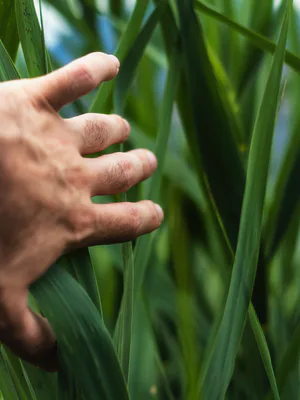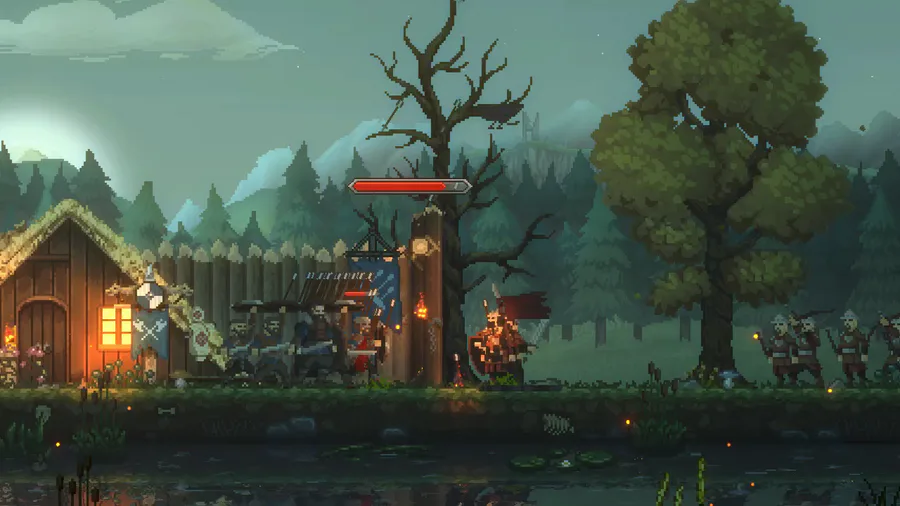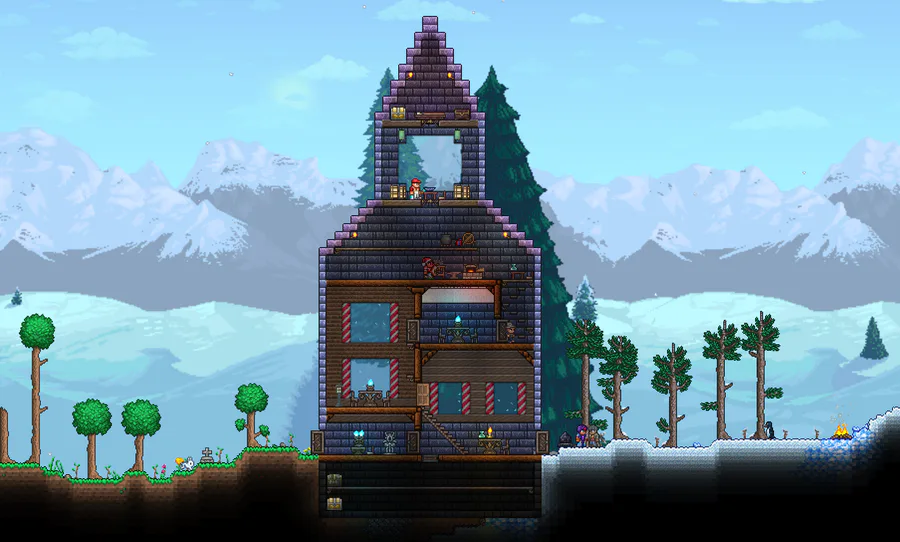"Sexual development" redirects here. For sexual development of non-human organisms, see Sexual maturity.
"Pubescence" redirects here. For the 2011 Chinese film, see Pubescence (film).
Part of a series onHuman growth
and developmentStages
Biological milestones
Puberty is the process of physical changes through which a child's body matures into an adult body capable of sexual reproduction. It is initiated by hormonal signals from the brain to the gonads: the ovaries in a female, the testicles in a male. In response to the signals, the gonads produce hormones that stimulate libido and the growth, function, and transformation of the brain, bones, muscle, blood, skin, hair, breasts, and sex organs. Physical growth—height and weight—accelerates in the first half of puberty and is completed when an adult body has been developed. Before puberty, the external sex organs, known as primary sexual characteristics, are sex characteristics that distinguish males and females. Puberty leads to sexual dimorphism through the development of the secondary sex characteristics, which further distinguish the sexes.
On average, females begin puberty around age 10½ and complete puberty at ages 15–17; males generally begin puberty around ages 11–12 and complete puberty at ages 16–17.[1][2][3] The major landmark of puberty for females is menarche, the onset of menstruation, which occurs on average around age 12½.[2] For males, first ejaculation, spermarche, occurs on average at age 13.[4] In the 21st century, the average age at which children, especially females, reach specific markers of puberty is lower compared to the 19th century, when it was 15 for females and 17 for males (with age at first periods for females and voice-breaks for males being used as examples).[5] This can be due to any number of factors, including improved nutrition resulting in rapid body growth, increased weight and fat deposition,[6] or exposure to endocrine disruptors such as xenoestrogens, which can at times be due to food consumption or other environmental factors.[7][8] However, more modern archeological research suggests that the rate of puberty as it occurs now is the intended way. Growth spurts began at around 10–12, but markers of later stages of puberty such as menarche had delays that correlated with severe environmental conditions such as poverty, poor nutrition, air and pollution.[9][10][11] Puberty that starts earlier than usual is known as precocious puberty, and puberty which starts later than usual is known as delayed puberty.
Notable among the morphologic changes in size, shape, composition, and functioning of the pubertal body, is the development of secondary sex characteristics, the "filling in" of the child's body; from girl to woman, from boy to man. Derived from the Latin puberatum (age of maturity), the word puberty describes the physical changes to sexual maturation, not the psychosocial and cultural maturation denoted by the term adolescent development in Western culture, wherein adolescence is the period of mental transition from childhood to adulthood, which overlaps much of the body's period of puberty.[12]
Differences between male and female puberty
Approximate outline of development periods from childhood to early adulthood. Puberty is marked in green at right.
Hormone feedback cycles:
1 Follicle-stimulating hormone – FSH
2 Luteinizing hormone – LH
3 Progesterone
4 Estrogen
5 Hypothalamus
6 Pituitary gland
7 Ovary
8 Pregnancy – hCG (Human chorionic gonadotropin)
9 Testosterone
10 Testicle
11 Incentives
12 Prolactin – PRL
Two of the most significant differences between puberty in females and puberty in males are the age at which it begins, and the major sex steroids involved, the androgens and the estrogens.
Although there is a wide range of normal ages, females typically begin puberty around age 10½ and end puberty around 15–17; males begin around ages 11—12 and end around 16–17.[1][2][3] Females attain reproductive maturity about four years after the first physical changes of puberty appear.[13] In contrast, males accelerate more slowly but continue to grow for about six years after the first visible pubertal changes.[14] Any increase in height beyond the post-pubertal age is uncommon.
For males, the androgen testosterone is the principal sex hormone; while testosterone is produced, all males' changes are characterized as virilization. A substantial product of testosterone metabolism in males is the estrogen estradiol. The conversion of testosterone to estradiol depends on the amount of body fat and estradiol levels in males are typically much lower than in females. The male "growth spurt" also begins later, accelerates more slowly, and lasts longer before the epiphyses fuse. Although males are on average 2 centimetres (0.8 in) shorter than females before puberty begins, adult men are on average about 13 centimetres (5.1 in) taller than women. Most of this sex difference in adult heights is attributable to a later onset of the growth spurt and a slower progression to completion, a direct result of the later rise and lower adult male levels of estradiol.[15]
The hormonal maturation of females is considerably more complicated than in males. The main steroid hormones, testosterone, estradiol, and progesterone as well as prolactin play important physiological functions in puberty. The production of gonadal steroids in females starts with production of testosterone, which is typically quickly converted to estradiol inside the ovaries. However the rate of conversion from testosterone to estradiol (driven by FSH/LH balance) during early puberty is highly individual, resulting in very diverse development patterns of secondary sexual characteristics. Production of progesterone in the ovaries begins with the development of ovulatory cycles in females (during the lutheal phase of the cycle), before puberty low levels of progesterone are produced in the adrenal glands of both males and females. Estradiol levels rise earlier and reach higher levels in women than in men. While estradiol promotes growth of the breasts and uterus, it is also the principal hormone driving the pubertal growth spurt and epiphyseal maturation and closure.[16]
Puberty onset
Puberty is preceded by adrenarche, marking an increase of adrenal androgen production between ages 6–10. Adrenarche is sometimes accompanied by the early appearance of axillary and pubic hair. The first androgenic hair resulting from adrenarche can be also transient and disappear before the onset of true puberty.
The onset of puberty is associated with high GnRH pulsing, which precedes the rise in sex hormones, LH and FSH.[17] Exogenous GnRH pulses cause the onset of puberty.[18] Brain tumors which increase GnRH output may also lead to premature puberty.[19]
The cause of the GnRH rise is unknown. Leptin might be the cause of the GnRH rise. Leptin has receptors in the hypothalamus which synthesizes GnRH.[20] Individuals who are deficient in leptin fail to initiate puberty.[21] The levels of leptin increase with the onset of puberty, and then decline to adult levels when puberty is completed. The rise in GnRH might also be caused by genetics. A study[22] discovered that a mutation in genes encoding both neurokinin B as well as the neurokinin B receptor can alter the timing of puberty. The researchers hypothesized that neurokinin B might play a role in regulating the secretion of kisspeptin, a compound responsible for triggering direct release of GnRH as well as indirect release of LH and FSH.
Effects of early and late puberty onset
Several studies about puberty have examined the effects of an early or a late onset of puberty in males and females. In general, females who enter puberty late experience positive outcomes in adolescence and adulthood, while females who enter puberty early experience negative outcomes. Males who have earlier pubertal timing generally have more positive outcomes in adulthood but more negative outcomes in adolescence, while the reverse is true for later pubertal timing.[23]


















0 comments